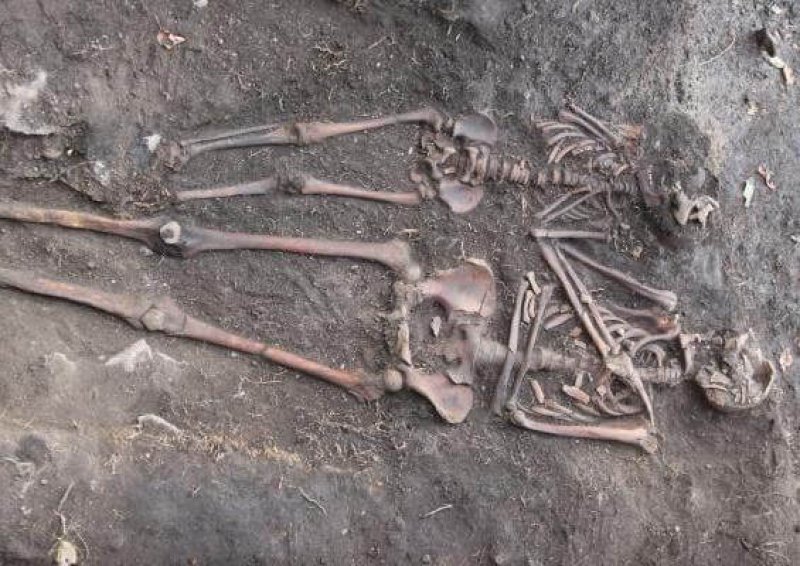Many epidemics of fever ravaged Europe from ancient times through the early 20th century. But one disease stands out in historical accounts because authors describe patients appearing to recover before relapsing into fever again and again.
…
For years, historians have blamed those epidemics, termed louse-borne relapsing fever (LBRF), on Borrelia recurrentis, a twisting, spiral-shaped bacterium transmitted only by the human body louse.
…
Although it seems to make frequent and horrible appearances in the historical record, LBRF has been totally invisible in the archaeological record. A new study changes that and provides evidence that B. recurrentis is indeed at fault.
Paleopathologist Meriam Guellil of the University of Oslo and her colleagues managed to assemble a nearly complete B. recurrentis genome from sequences of DNA recovered from the skeleton of a woman buried in a medieval graveyard in Oslo.
…
That’s not enough to confirm that louse-borne relapsing fever caused all those historical epidemics, but it at least proves that the disease was present in medieval Europe. The real surprise, however, is how the medieval European version of LBRF differs from the modern strains that still impact people living in Ethiopia, Eritrea, Somalia, and Sudan. At some point in its evolutionary history, B. recurrenti appears to have split into two lineages—and they’ve evolved different adaptive strategies, the medieval DNA suggests.
Read full, original post: Ancient DNA reveals the secrets of a devastating European disease































